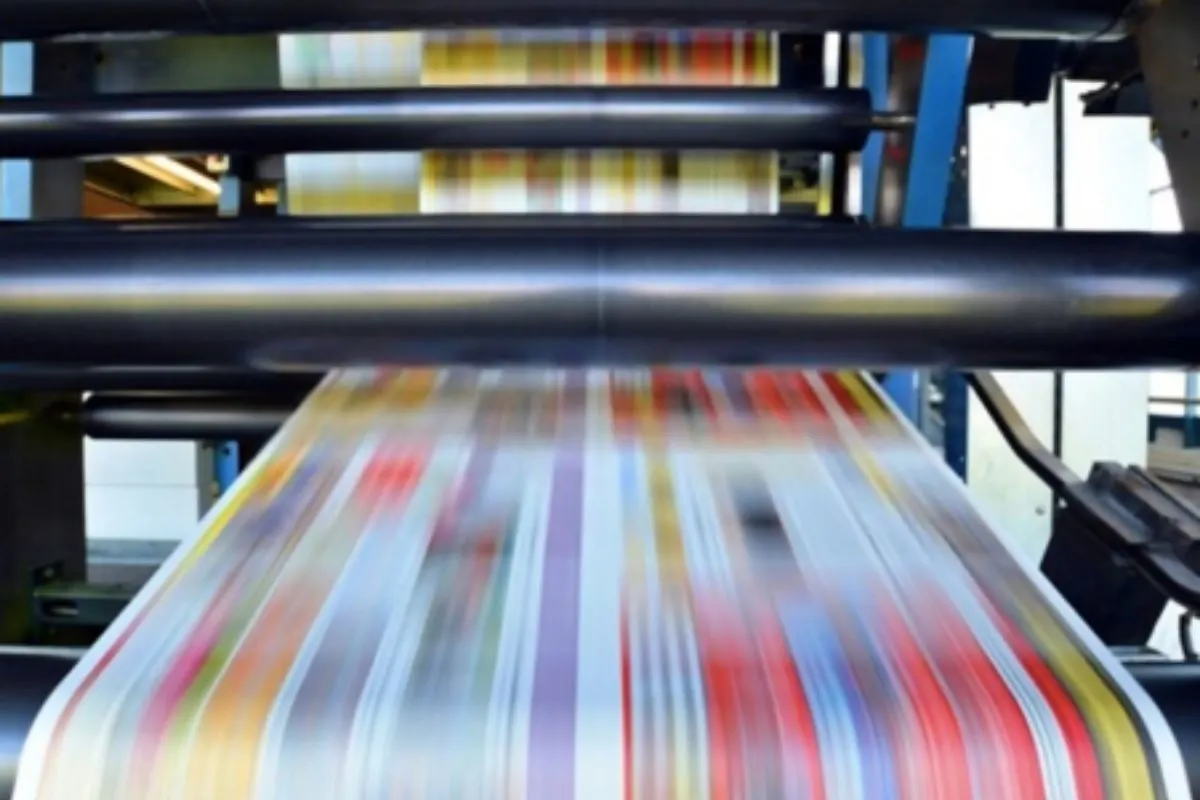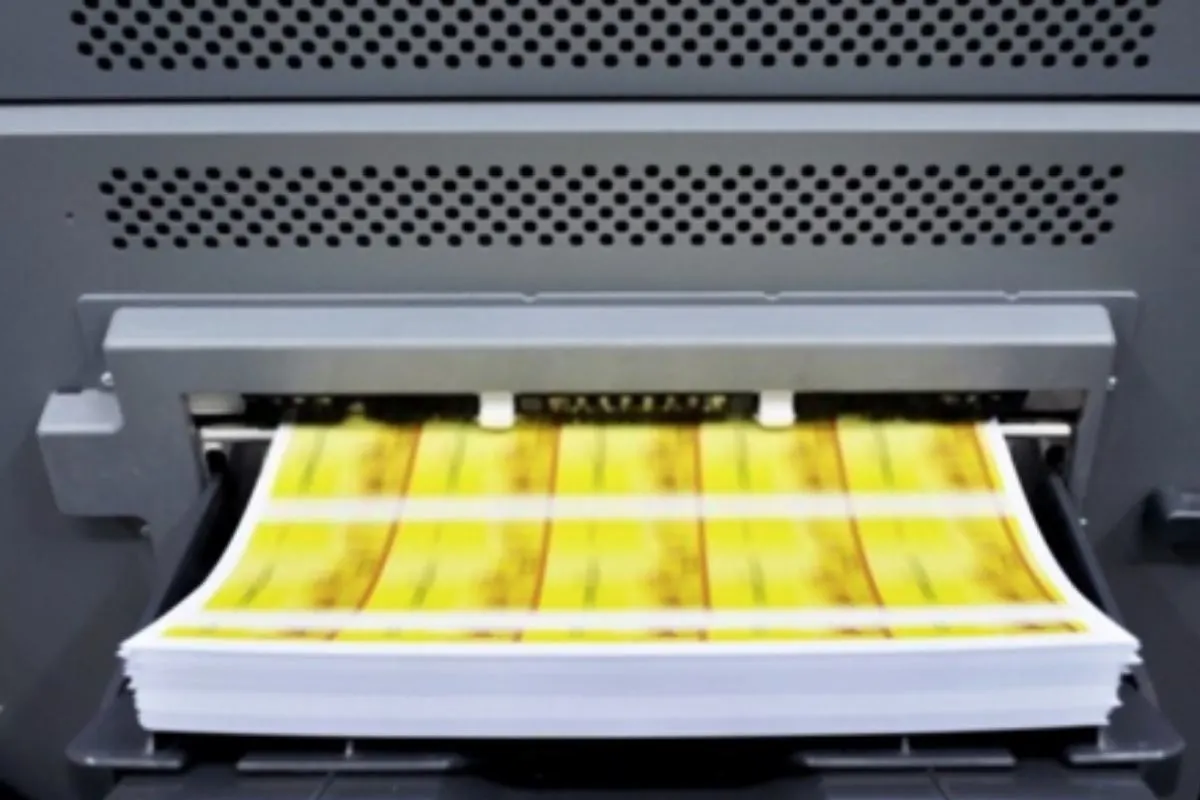
Printing involves the mass production of text and images from a master sample, a template, or computer design. It is a way of bringing whatever ideas you may have to life by transferring it unto materials such as papers, cards, plastic, metal, wood, fabric, canvas, acrylic and many more. This is done by using different processes as well as technologies and it includes the use of ink and machines called printing machines.
The main purpose of printing is for educative, informative, advertising and branding purposes. As such, it is used for making all the different kinds of books available. Be it an educational book, a novel, a journal, a children’s storybook, you name it. All is done by this process.
You can also print office supplies like business cards, letterheads, envelopes, flyers, brochures, posters and so on. There is also the large format printing where larger than life prints are brought to life. These can be used on billboards or even on cars for the purpose of advertisement.
Over the years, printing technologies like many other technologies have evolved so much so that a lot of things have been made simpler and faster. It is possible to get your print job done in a matter of minutes using powerful machines. You can read further on the evolution of printing in this article.
Steps Involved in Printing Services

In printing any material, there are certain steps that need to be taken to achieve the best results possible. Below are some of them:
The Idea
Everything starts with an idea. You have to be clear about what you want to achieve and why you are printing. What is the purpose, who is the target audience? These questions are very important as that is what will lay a foundation for the design and for the overall process.
For instance, the design for a children’s book or material is totally different from books meant for adults. Fashion magazines will differ from a business magazine in design and look. There are ways to design and print for a business that differs from when it is for pleasure, etc.
The Content and Artwork
Once the idea, purpose and target audience are clear, the next step is to begin what is generally called the design, artwork, or graphics. This is usually done by people called graphic designers using different tools at their disposal. They help to put the abstract idea into something tangible that can be ready for production.
Typically, depending on the purpose, the design can include text, images, logos, etc. The graphic designer will combine all these in a way that is visually appealing and attractive using colors, proper sizing and positioning. You can learn what graphic design is all about here https://learn.g2.com/what-is-graphic-design.
Proofreading and Correction
This is an important step in the whole process and should not be taken lightly. When the graphic designer is done with the artwork, there is a need to go through it to ascertain that it does represent the original idea. This is especially true when it comes to branding materials. As a business or company, you must ensure it totally represents your brand and image. If there is anything off, this is when you get to correct it.
Also, there is a need to check for typographical errors or mistakes. Also, check the sizing and positioning of the different elements and every other necessary thing till you arrive at the perfect design.
Production
When you are satisfied with the design, the next step is to bring it to life through the printing process. There are different types of printing services available and they include:
- Digital
- 3D printing
- Offset Lithography
The type to use will depend on various factors such as the kind of job it is, the quality you desire, the speed, as well as the size. For example, while offset is often slower and used for books, digital printing is faster and can be used to print same day jobs like flyers, business cards and letterheads.
If you are a resident of London and environs, you can check out CPI London printers to learn more on how to get quality print services.
Conclusion
Printing is an important part of business. It is useful in helping to pass information in many different forms. As a business, it helps to create brand recognition and identity. It is also useful for marketing, as well as giving your company a positive image.
